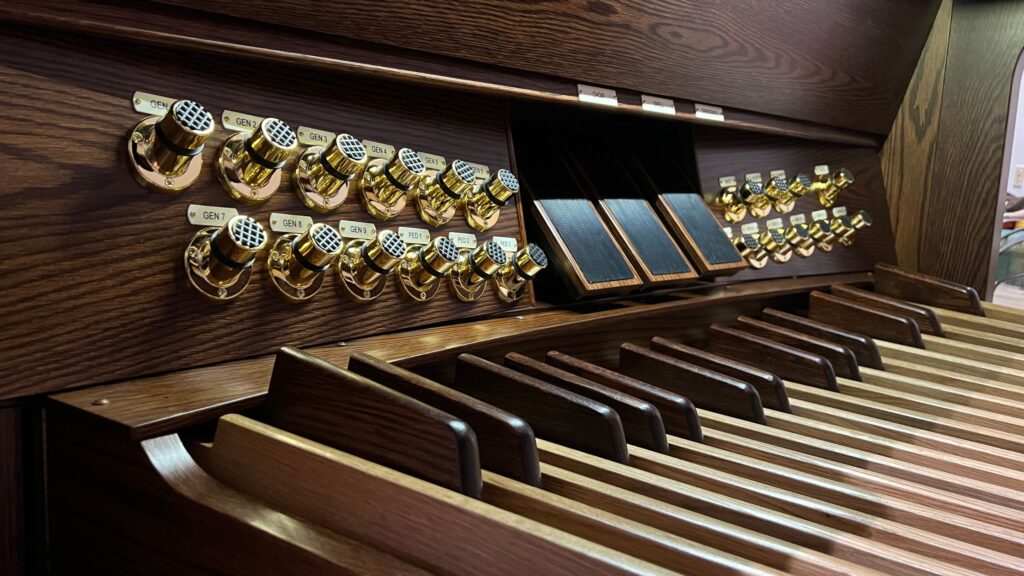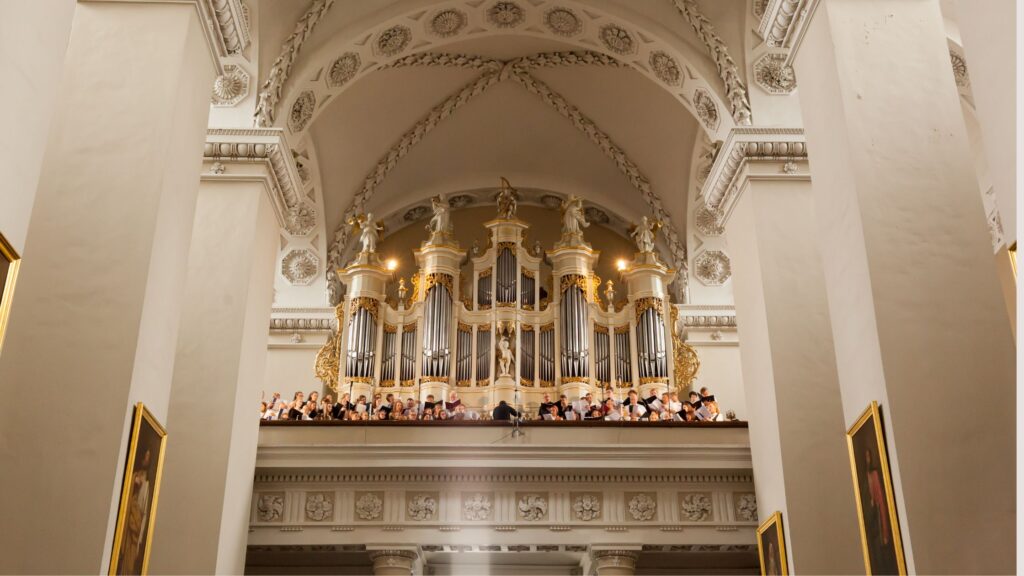
History of Church Organs
- By Josh Dove
The history of the church organ dates back to ancient times, originating from the water organ (hydraulis) of ancient Greece. These early instruments used water pressure to produce sound, laying the foundation for the pipe organs that later became central to Christian worship.
The Introduction of the Organ to Churches
In the 8th century, Christian churches actively incorporated the organ into worship, recognizing its ability to enhance liturgical music. The Byzantine Empire accelerated this shift when Emperor Constantine V gifted Frankish King Pepin the Short a water organ in 757 AD. This influential exchange set the stage for wider adoption, as cathedrals and churches integrated the instrument into their sacred spaces. As demand grew, organ builders refined their designs, developing more sophisticated mechanisms and tonal capabilities to elevate worship experiences.
Evolution of Church Organs in the Middle Ages
During the medieval period, organ builders refined their craft, introducing technical improvements that made the instruments more versatile and expressive. The development of mechanical key action allowed musicians to control sound with greater precision, enabling more dynamic and complex performances. Additionally, organ makers began experimenting with different materials for pipes and wind chests, leading to richer and more varied tonal qualities. These innovations set the stage for the grand cathedral organs of the Gothic era, which would further elevate the role of the organ in worship and musical composition.
Gothic Era: Organs in Cathedrals
The Gothic period (12th-16th centuries) witnessed the rise of monumental organs in grand cathedrals. Builders introduced multiple ranks of pipes, improved bellows, and more responsive keyboards, elevating the instrument’s capabilities and influence in worship.
Baroque Period: The Golden Age of Organ Building
The Baroque era (17th-18th centuries) marked a significant leap in organ craftsmanship, driven by a passion for innovation and excellence. Master builders like Arp Schnitger and Gottfried Silbermann transformed organ construction by expanding tonal possibilities, refining key action, and perfecting wind systems. Their instruments featured a broader range of stops, increased expressiveness, and stunning architectural designs, elevating the organ to new heights. These advancements set new benchmarks for quality and performance, influencing organ building for centuries to come.
Johann Sebastian Bach and the Church Organ
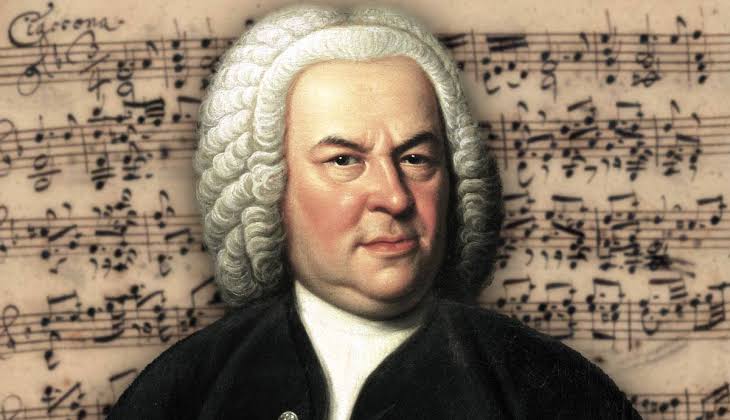
Johann Sebastian Bach revolutionized organ music, demonstrating its full potential through masterpieces like Toccata and Fugue in D minor. His deep understanding of counterpoint, harmony, and organ mechanics allowed him to compose works that pushed the boundaries of the instrument’s capabilities. His music not only showcased the technical brilliance of the organ but also infused it with unmatched emotional depth and spiritual power. Bach’s legacy continues to influence organists and composers, cementing the instrument’s status as the “king of instruments.”
The Romantic and Modern Eras
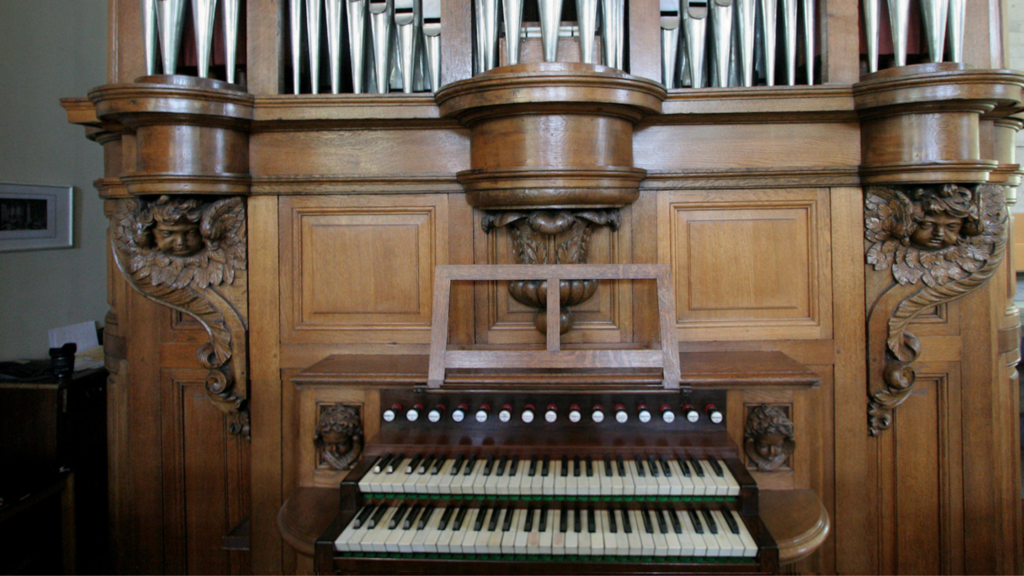
The 19th and early 20th centuries saw groundbreaking advancements in organ design, as builders sought to enhance both sound and playability. Romantic-era organs gained expressive capabilities through innovations like the swell box, which allowed organists to control volume dynamically, and pneumatic action, which made key response more fluid and precise. Iconic instruments from this era include the Cavaillé-Coll organs, such as the grand organ at Saint-Sulpice in Paris, which became known for its rich, symphonic sound. These advancements enabled composers like César Franck and Charles-Marie Widor to write highly expressive and complex organ compositions, forever shaping the landscape of church music.
Digital and Hybrid Organs in Churches Today
Today, digital and hybrid organs set new standards of excellence in church music, offering advanced sound quality, versatility, and reliability. Companies like Viscount North America drive this innovation, blending time-honored craftsmanship with advanced digital technology to create instruments that deliver the depth and grandeur of traditional pipe organs. With high-fidelity sound sampling, customizable voices, and seamless integration into modern worship spaces, these organs provide churches with a powerful and enduring musical experience.
The history of the church organ showcases centuries of innovation, craftsmanship, and musical excellence. From its ancient origins to the digital age, the church organ continues to inspire worship and elevate musical expression worldwide.
Looking to bring the timeless beauty of an organ into your church or home? Explore Viscount North America’s premium collection of digital and hybrid organs, designed to deliver unique sound and performance. Contact us today to learn more!
Related Posts
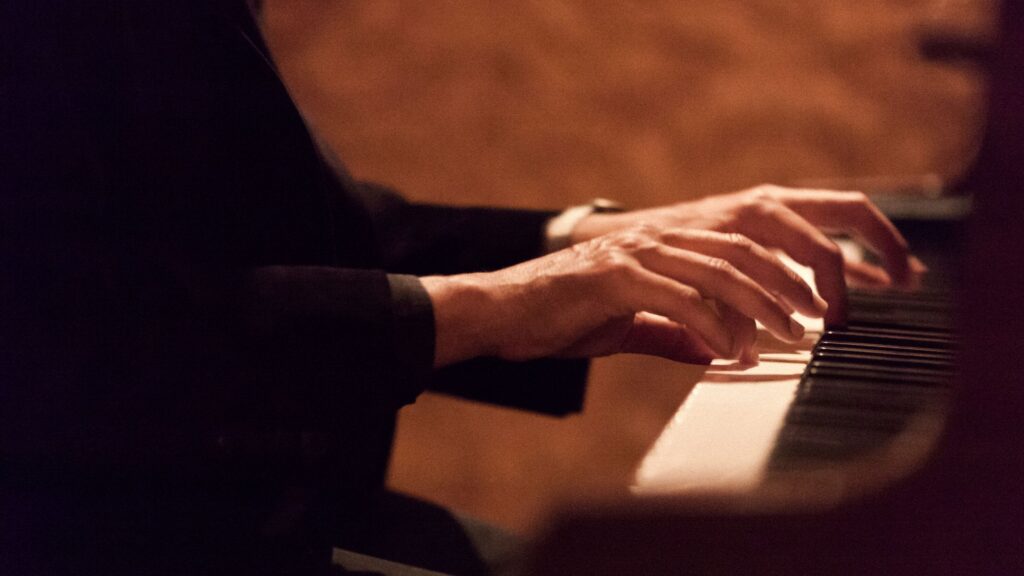
Why Pianists Should Learn the Organ
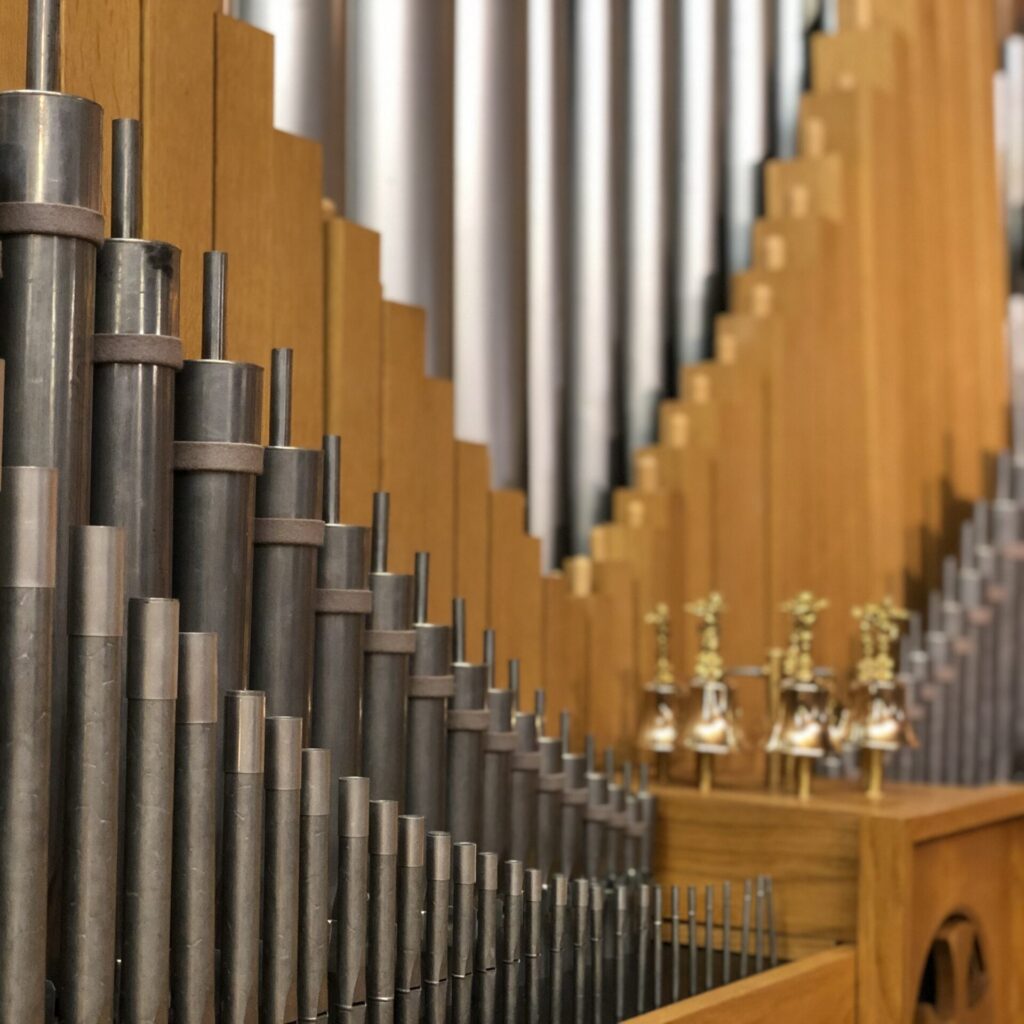
Pipe Organ Tuning: 4 Clear Signs Your Instrument Needs Attention
